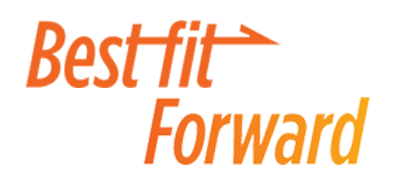There's a common consensus among many in the white collar world that LinkedIn is to the business community what Facebook is to friends: it's a great tool for social networking, and can land you your next job.
Many people use LinkedIn as a directory of contacts, but the site can be used for multiple ways--and more than one job seeker I've talked to has the used the site to land their next job. This is the second in a three part series on "almost hidden" features of LinkedIn.
The first installment answered the question, "why use LinkedIn?"
Today's tip: three strategies for moving your job search forward.
1. Search and Research
Steve Martin has a great line about how to conquer writer's block: he says it's okay to read work from other people and borrow a sentence (but only a sentence) to get started. I don't believe in plagiarism, but I do think seeing how other people present themselves can help you get unstuck in revising your resume.
Use the "Search People" engine to search for
profiles of individuals who have pre-existing work experience in your area of
interest. View their career trajectories, observe how they describe their work, and pick up tips for how you might revise your own materials.
2. Connect and expand your network. Your next job
is likely to come from "weak ties" (read the above-mentioned post from Keppie Careers
about why these ties are important).
Participating in LinkedIn groups and "Q and A" are great ways to engage with additional people and make new contacts. Introductions can be equally helpful.
Request an introduction to people who interest you--especially those within two degrees of your network. (Tip: Be specific, succinct, and prepared in any outreach you make. Here's great advice from Penelope Trunk on how to get an answer out of an e-mailed question.)
3. Avoid the Black Hole (Reach out and let 'em know you've applied.
Virtually everyone I know refers to the online application process of applying for jobs as a black hole. "It's so anonymous, I feel like there's no chance my application will ever get read." The plain truth: it may be the equivalent of swallowing vile-tasting cough syrup to conquer a chest cold; you have to do it in order to meet your end-goal. In most companies, you can't even be considered as an applicant until you formally apply online.
But through the JobsInsider tool, you can view position listings—and then explore potential contacts that you know within the company of interest. Once you know, “who you know” or how you’re connected, you can then develop a 1-2 punch for your application (you can both apply for the position, then follow-up with your contact to let them know you’ve applied or follow-up with a contact and ask questions before you apply). Either way, LinkedIn helps you increase the chances that your resume will be seen and evaluated.
